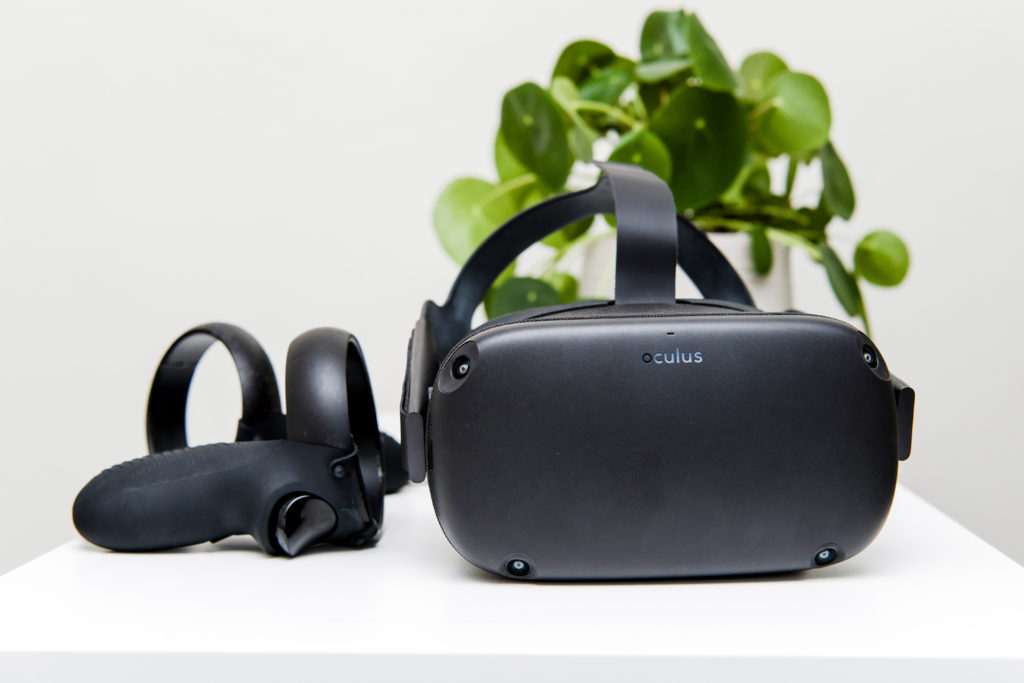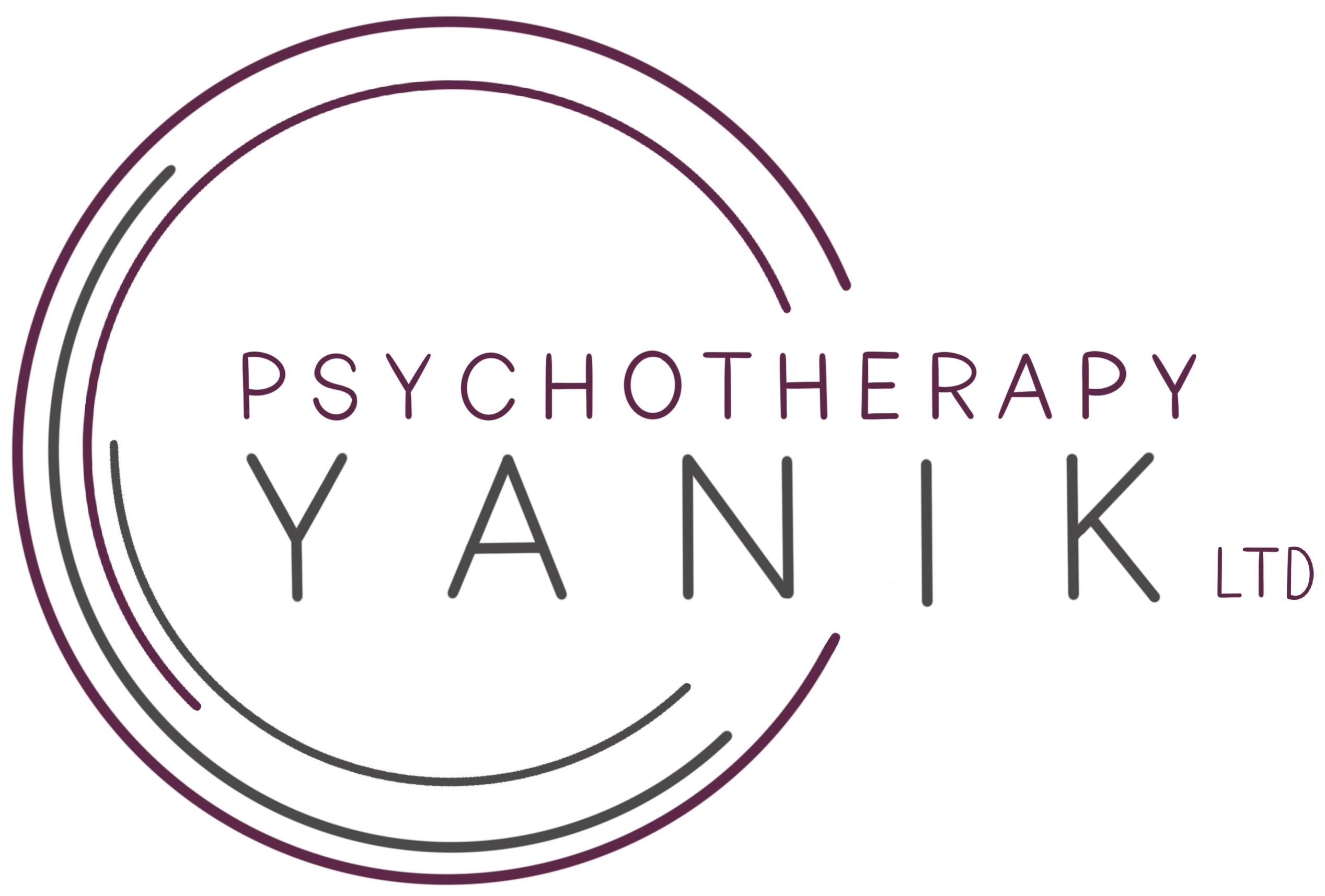Virtual Reality Exposure Therapy (VRET)

I am pleased to now offer an effective treatment method with the use of “in sensu/in virtuo” Exposure to treat specific phobias such as Fear of Spiders, Snakes, Elevators, Insects, Darkness, Food, Height, Dogs, Crowds, Needles, Traffic etc.
Using state-of-the-art C2Care therapeutic application and Oculus Quest headset/controllers, clients can immerse fully into different environments in seconds without any inconvenience to tackle their anxieties, addictions, body image problems, restless mind and more.
The use of Virtual Reality (VR) technology represents an option with the potential to overcome such barriers. VR exposure therapy (VRET), also called exposure therapy in virtual, is based on a very similar rationale to in vivo exposure therapy; however, in VR exposure, phobic stimuli are presented to the patient in VR. VR is a computer-generated presentation that provides input to the user’s sensory system and interacts with the user (Diemer et al., 2015). Visual VR stimuli are presented via VR glasses (HMD: head-mounted display). Auditory input is applied via loudspeakers or earphones, and tactile, haptic or olfactory stimulation is possible but rarely provided. The aim is to replace sensory input from the real world and to create a presence of the user in the virtual world. To interact with the user in real time, the VR system collects information about the user’s position and (head) movements via sensors and input devices like a head tracking system or a joystick.
By bringing virtual phobic stimuli into the therapist’s office, VR exposure has many structural advantages. It is less time-consuming in its application (e.g., because driving to a high tower in heights phobia treatment is not necessary anymore), cost-effective (e.g., in comparison to cost-intensive in vivo treatments for fear of flying), and requires less organization (e.g., regarding the acquisition of living spiders in spider phobia treatment, or of an audience for Social Phobia treatment). Furthermore, there are fewer difficulties concerning safety and insurance arrangements.
German Practice Guideline for anxiety disorders recommends VR exposure based on expert consensus for Specific Phobias if in vivo exposure is unavailable or possible (Bandelow et al., 2014).
(https://www.frontiersin.org/articles/10.3389/fpsyg.2019.01758/full Department for Clinical Psychology and Psychotherapy, Institute of Psychology, University of Regensburg, Regensburg, Germany).
Please arrange an appointment if you would like to know more about Virtual Reality Exposure Therapy and what kind of specific phobias and other disorders can be treated in my practice.



